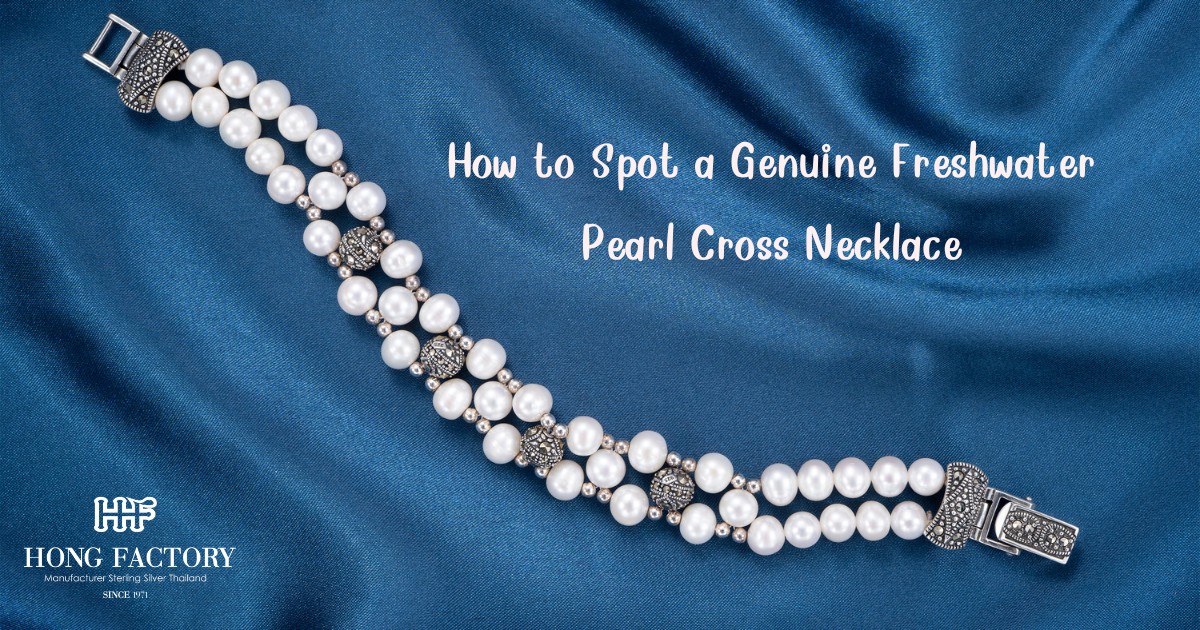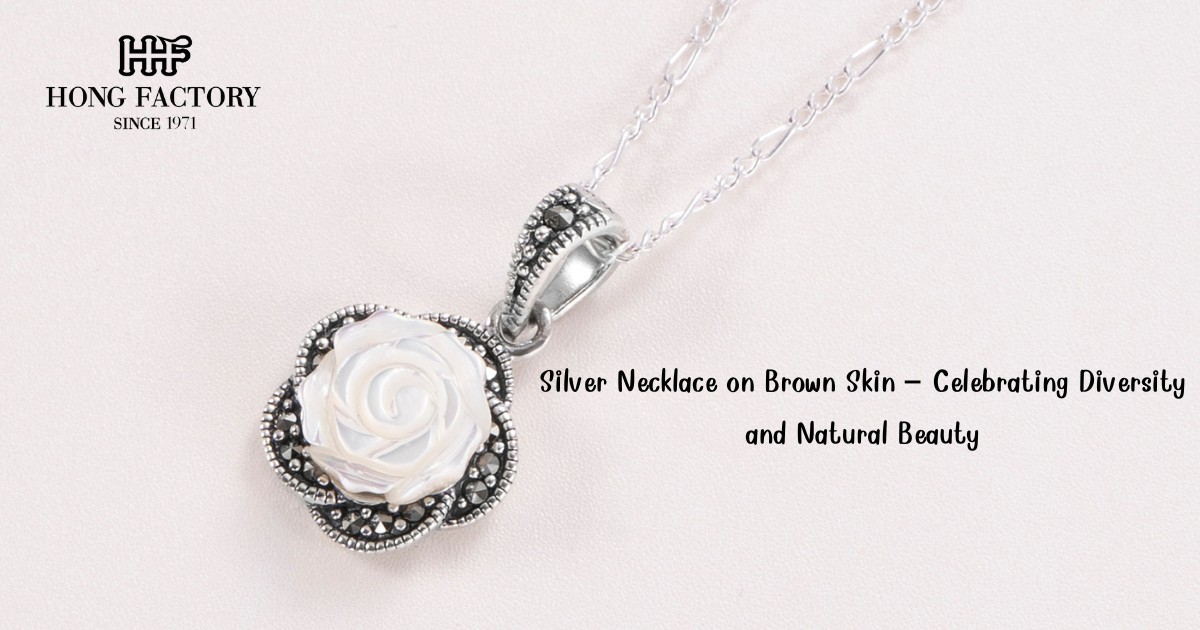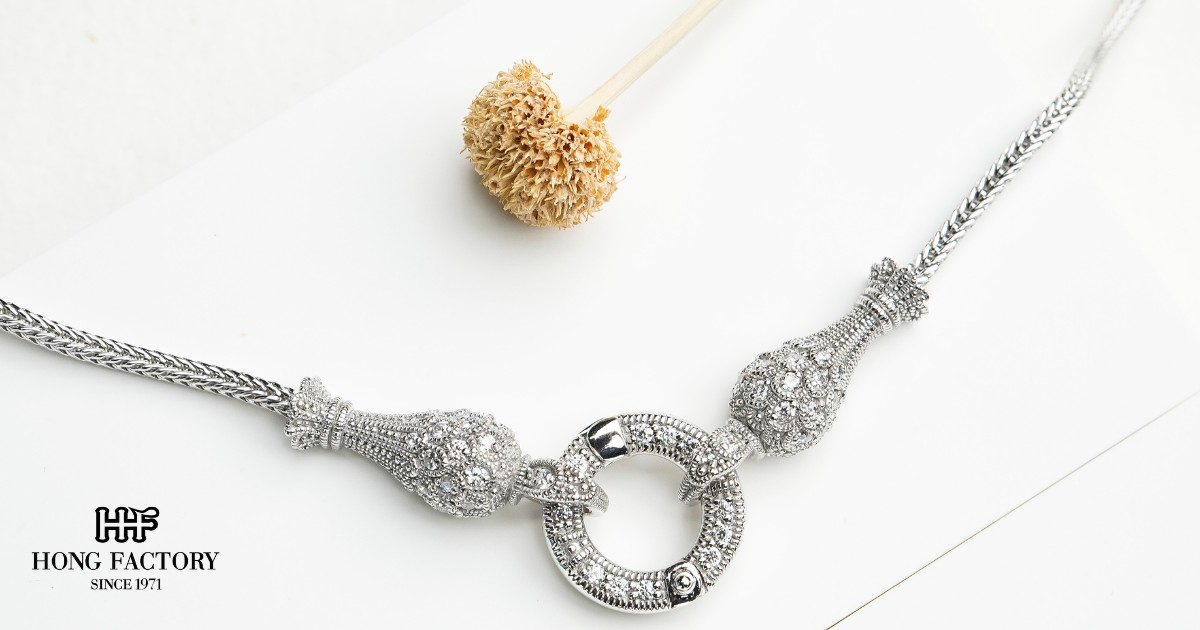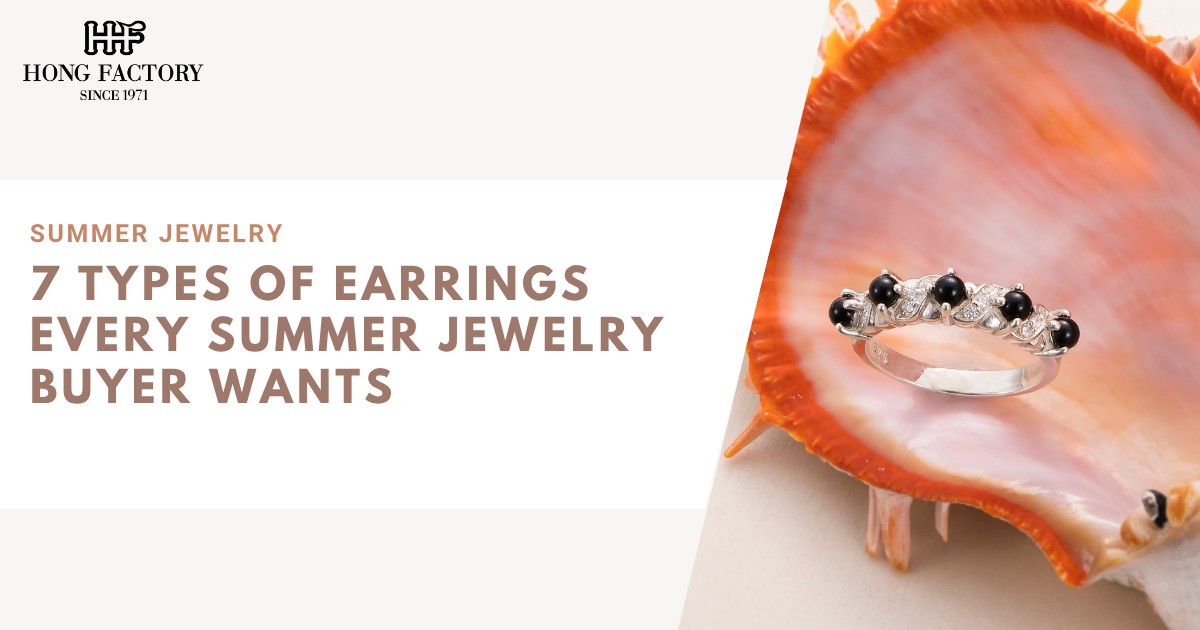The jewelry market is filled with stunning pieces, but not all are authentic. When it comes to purchasing a Freshwater Pearl Cross Necklace, it’s essential to know how to identify genuine pearls and craftsmanship.
A real necklace not only holds material value but also carries spiritual and emotional significance. Whether you’re buying for yourself or gifting a loved one, this guide will help you distinguish between authentic and imitation pearl jewelry with confidence. marcasite
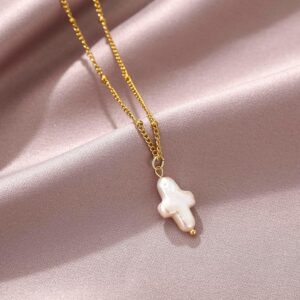
Understanding the Freshwater Pearl Cross Necklace
The Freshwater Pearl Cross Necklace combines two powerful elements natural pearls and the symbolic cross making it one of the most meaningful jewelry pieces available.
The pearls represent purity, patience, and grace, while the cross signifies faith, protection, and devotion. Authentic designs are handcrafted with meticulous attention to detail, ensuring each pearl reflects its natural beauty and the cross complements it with elegant balance.
Before exploring how to spot fakes, it’s important to understand what makes a genuine freshwater pearl special. Unlike synthetic or glass imitations, freshwater pearls are created by living mollusks in rivers and lakes, giving each one unique imperfections and a soft, organic glow.
1. Examine the Luster
One of the most defining traits of real pearls is their luster the way they reflect light. Genuine freshwater pearls emit a deep, almost glowing shine that appears to come from within, rather than just the surface.
- Real pearls: Have a subtle, multi-dimensional luster with natural radiance.
- Fake pearls: Often look overly glossy or plastic-like, reflecting light unnaturally.
Tip: Hold the pearl under natural light. Authentic pearls will reveal layers of reflection, while fake ones look flat and mirror-like.
2. Check for Surface Imperfections
No two freshwater pearls are exactly alike. Real pearls have small ridges, lines, or slight irregularities that indicate natural formation. These imperfections are a mark of authenticity.
- Genuine pearls: Have minor surface textures, varying shapes, and natural blemishes.
- Imitation pearls: Look too perfect smooth, round, and identical in size.
If every pearl on your Freshwater Pearl Cross Necklace looks flawless, it’s likely synthetic.
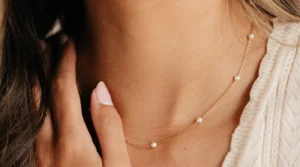
3. Feel the Temperature and Texture
A simple touch test can reveal a lot about authenticity.
- Real pearls: Feel cool to the touch when first handled, warming gradually to your skin temperature.
- Fake pearls: Stay at room temperature and often feel like plastic or glass.
Additionally, when rubbed gently against your teeth, real pearls have a slightly gritty texture caused by natural layers of nacre, while fake ones feel smooth and glassy.
4. Observe the Shape and Size
Freshwater pearls come in many shapes: round, oval, teardrop, and baroque. Uniform perfection is rare and often a sign of imitation.
- Authentic designs: Feature pearls that vary slightly in size or symmetry.
- Fakes: Display identical, machine-made shapes with no natural variation.
The charm of a real Freshwater Pearl Cross Necklace lies in these subtle differences that make each piece truly one-of-a-kind.
5. Inspect the Drill Holes
The hole where the pearl is strung can also reveal authenticity.
- Genuine pearls: Have small, neat drill holes with nacre thickness visible around the edges.
- Fake pearls: Show larger holes with peeling or flaking around the surface signs of coating rather than solid nacre.
When purchasing, examine the drill holes under good lighting to confirm craftsmanship quality.
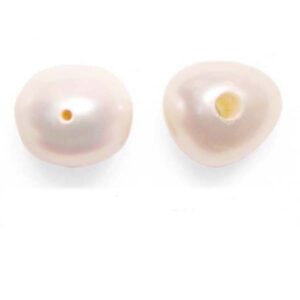
6. Evaluate the Weight
Real freshwater pearls are denser than imitation ones. When you hold your Freshwater Pearl Cross Necklace, it should feel slightly heavier than it appears.
- Real pearls: Have a natural, satisfying weight.
- Fake pearls: Often feel light and hollow, especially if made from plastic.
The metal used for the cross pendant sterling silver, gold, or platinum will also add to the overall balanced weight of an authentic piece.
7. Analyze the Cross Design and Setting
Authentic necklaces use high-quality metals like 925 sterling silver or 14K gold for the cross pendant. Examine the detailing:
- Real pieces: Feature precise engravings, smooth polish, and secure pearl settings.
- Fakes: Often have rough edges, fading color, or misaligned stones.
Check for hallmark stamps (e.g., “925” for silver or “Au” for gold) on the clasp or pendant these markings indicate authenticity.
8. Consider the Price Point
While genuine freshwater pearls are more affordable than saltwater varieties, they still hold significant value. If the price of a Freshwater Pearl Cross Necklace seems too good to be true, it probably is.
- Authentic necklaces: Reflect reasonable craftsmanship costs and material value.
- Counterfeit items: Are often sold at very low prices, with mass-produced components.
Always purchase from reputable jewelers or verified online retailers to ensure authenticity.
9. Packaging and Certification
High-quality jewelry often comes with professional packaging and certificates of authenticity. Reputable sellers provide details about the pearl type, size, and metal composition.
- Look for branded boxes or pouches made of velvet or silk.
- Ensure the certificate lists “Freshwater Cultured Pearls.”
Avoid necklaces with vague or missing documentation; it’s a red flag for imitation products.
10. Seek Expert Verification
When in doubt, consult a professional jeweler. They can perform a series of tests, such as X-ray or magnification inspection, to confirm whether the pearls are genuine.
Professional evaluation not only ensures authenticity but also helps assess the overall quality and value of your necklace.
Owning a Freshwater Pearl Cross Necklace means having a piece of jewelry that embodies purity, spirituality, and timeless elegance. By learning how to identify genuine pearls and quality craftsmanship, you protect your investment and preserve the necklace’s beauty for generations.
From the glow of the pearls to the craftsmanship of the cross, authenticity makes all the difference. Choose wisely, cherish deeply, and wear your necklace with confidence knowing it reflects both natural wonder and sincere devotion.
